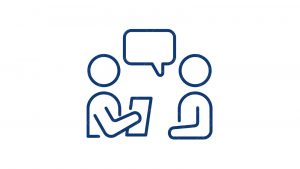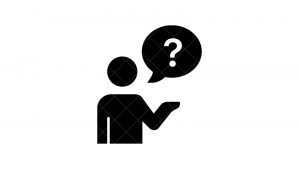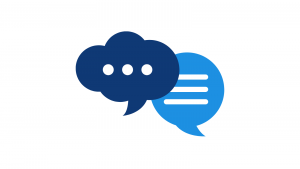Customer discovery is a term that is thrown around a lot in entrepreneurship circles. What does it really mean? Customer Discovery is all about understanding your potential customers, and figuring out what problems they face. Once you understand a customer’s problem, you can start to create a solution that customers will pay for. Interviewing potential customers is the best way to learn what drives them. Let’s take a look at a few Customer Discovery Tips.
1. Don’t be afraid to go off-script
Going out and interviewing people can be extremely daunting. Having a script to follow can alleviate some of the stress. You will want to ask people similar questions to learn more about their day and the problems they face which relate to your business idea.
However, some of the greatest insights you will gain are from when the conversation deviates from the script. Don’t be afraid to ask follow-up questions with answers that intrigue you. Digging in and learning about your customer’s emotions is your objective, so don’t be afraid to ask more specific questions!
2. Learn about your customer – Don’t pitch your business idea

When talking to your customers, it can be extremely tempting to pitch your business idea. However, it is important to listen and learn from your customer; not the other way around. People will generally be supportive of your idea. This could be misinterpreted as them confirming that they would pay for your product or service. Being supportive of your idea and being willing to pay for it are two very different things. The goal of customer discovery is to learn, not pitch your idea. There will be plenty of opportunities to pitch your ideas. Customer discovery is not it.
3. Figure out your customer’s 5 why’s

A great article by the University of Akron describes the “5 why’s” of customer discovery. This methodology can allow you to get to the bottom of your customer’s problem. First, you need to get your customer talking about the issues they are facing. You can do this by asking an open-ended question like ‘What is the most challenging part of this task, process, or job?’ Once they begin telling their story, continue to ask “why” questions. For example, “Can you explain why you do that?” Asking these questions can help you to understand what is really going on with your customer, and might reveal opportunities you didn’t know existed.
Long-time I-Corps instructor Dr. DasGupta describes the importance of open-ended “why” questions: “Asking open-ended questions that evoke stories from your customers about their past or current experiences with their products/services is a great way to seek/gather “evidence” (facts and not opinions) needed to test your value proposition hypotheses.”
Although repeatedly asking “why” questions can seem tiring, it can be the best way to learn about your customers and test your business hypotheses.
References
https://www.uakronuarf.com/news/get-to-the-bottom-of-any-problem-with-the-5-whys
Customer Discovery: What Do You Ask, with Justin Wilcox
https://entrepreneurship.hbs.edu/Documents/Session%20Summary/HBSRock-Customer-Discovery-Final.pdf

